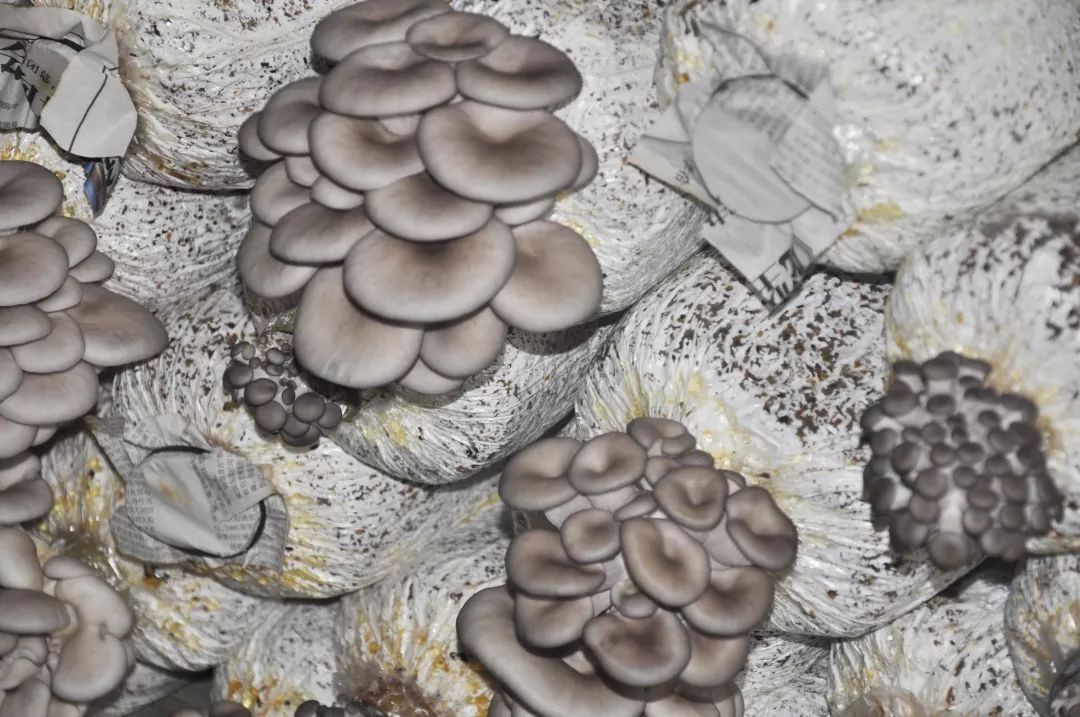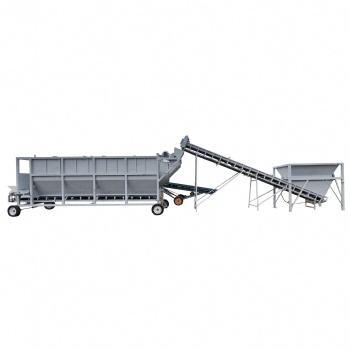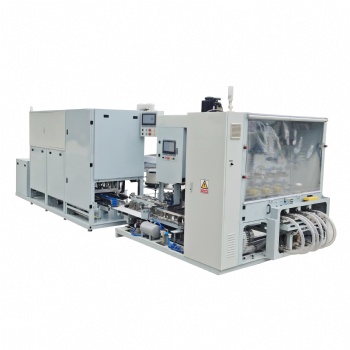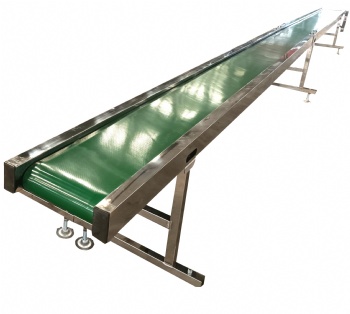News
Oyster mushroom large-scale cultivation: young and rapid growth management

3. Young mushroom period
During the young mushroom period, the amount of water required is not large. You can spray water into
the air, spray water on the walls and the ground at the same time to keep it moist. Do not directly apply
too much water to the mushroom body to prevent the mushroom body from absorbing a lot of water and
suffocating to death. If the temperature is too low and too much water is sprayed, dead mushrooms often
occur. After the differentiation of primordium, open the ventilation window of the mushroom shed to
strengthen ventilation and supply enough fresh air.
4. Rapid growth period
During the growth of the fruiting body, the ambient temperature should be controlled at 10~25℃, and
13~20℃ is the best. In case of high temperature, measures such as covering with straw during the day and
lifting the film for ventilation in the morning and evening can be taken to cool down; if the temperature is
too low, you can add covering materials outside the shed to keep warm, or appropriately reduce covering
materials during the day, increase sunlight and other measures to increase the temperature of the mushroom
shed. You can also add a fire channel in the shed to heat up. During the growth of the fruiting body, the
relative humidity of the air in the mushroom shed should be increased.
After the fruiting body enters the stage of rapid expansion, you can spray the mushroom body with fine
droplets. As the mushroom body grows rapidly, the water demand increases, and the water content of the
culture medium gradually decreases, the number of water spraying should be increased. It should be adjusted
according to the different growth and development stages of the mushroom body. Spray more when the
mushrooms are large and spray less when the mushrooms are small. It should also be flexibly controlled
according to factors such as weather conditions. Spray more on sunny days, less on cloudy days, and no
spray on rainy days. When the temperature drops and the mushroom body grows and develops slowly,
the water spraying should be reduced. On the contrary, the amount of water spraying should be increased.
After each water spraying, the surface of the mushroom body is shiny and water does not accumulate. After
each water spraying, a large ventilation is given to facilitate growth and effectively avoid the outbreak of
bacterial yellow spot disease.
As the growth of the fruiting body accelerates, the physiological metabolism enters a vigorous stage. The
ventilation volume should be increased and the ventilation time should be extended to facilitate the normal
development and rapid expansion of the mushroom body. In addition to adjusting the ventilation according
to the development process of the mushroom body, it should also be coordinated with the ambient temperature
and relative humidity of the air at that time. When the temperature is high, ventilation should be increased to
facilitate timely heat dissipation and reduce the harm of high temperature to Pleurotus ostreatus; when the
temperature is low, ventilation time should be shortened, especially in winter. When the night temperature is
lower than the minimum growth temperature of the mushroom body, ventilation should be reduced or even
stopped to prevent the mushroom body from freezing or nodules on the surface. The ventilation volume of
the mushroom shed should be increased on rainy days or foggy and windless days. In windy weather, the
windward vents should be closed to reduce ventilation to prevent the mushroom body from losing water too
quickly. If the light is too low, the fruiting body will be deformed, the cap will be small, and the handle will belong.
Excessive light, especially direct light, also inhibits the growth of fruiting bodies. Light has a great influence
on the color of the Pleurotus ostreatus cap, and the light can be adjusted according to the market demand for color.
Categories
Contact Us
- +86 15093267083
- +86 15093267083
- amy@zzbelead.com
- +8615093267083




